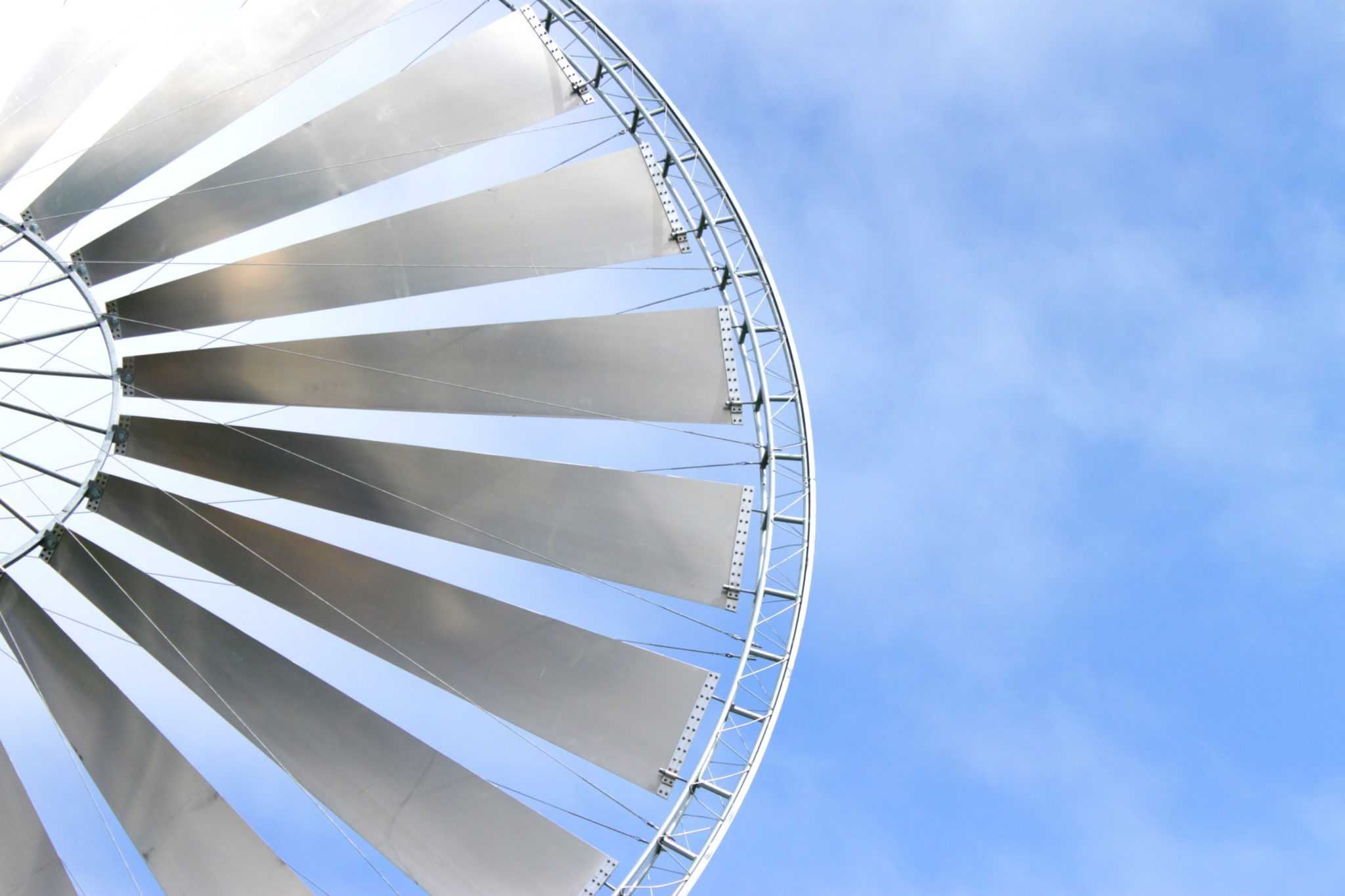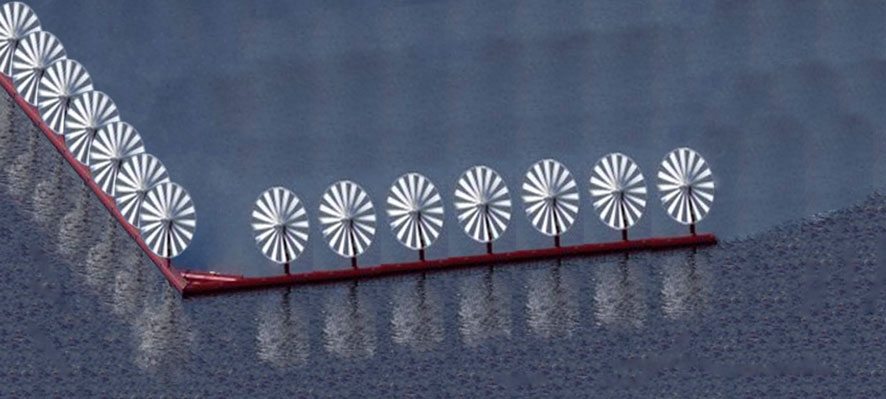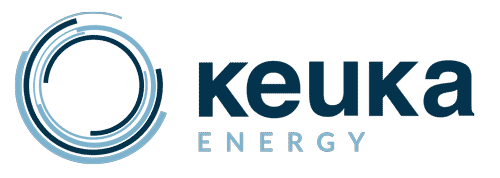Lowering Costs
At Keuka Energy, we believe that liquid air will eventually be used to replace fossil fuels in the power industry worldwide. In order for this to happen, it must beat natural gas in costs. We can accomplish this in the following three ways:
Use Offshore Wind
Besides the obvious advantage of minimal-to-no environmental impact, the offshore machines will be anchored in deep water and out of sight, making them more acceptable to the consumer. Also, wind power offshore is typically 2-5% higher than onshore, which increases production and lowers cost. Since numerous LNG tankers are being declassified each year and taken out of commission due to LNG-related safety issues, they can be safely used for liquid air transport. This option would be lucrative to the ship owners and their shareholders. It could be thought of as large-scale ship repurposing. The ship building industry would also get a substantial bonus from the new ship construction. The cost would be 3-5% lower after savings from needing fewer safety systems during loading, transport and off-loading. Industry as a whole would take advantage of the absence of environmental and safety issues which cost money and time by replacing LNG with liquid air. Safety factors alone limit 95% of the world’s ports from receiving natural gas. Liquid air would be a new and welcome industry to these ports. Transporting, loading, and unloading liquid air on land alone costs approximately 10 times more than utilizing LNG tankers offshore.
Liquefy Without Electricity
 The single biggest cost of producing liquid air is the electricity needed to power the electric motors doing the work. When wind machines supply the horsepower directly to the liquefaction equipment to drive the compressors and turbo-expanders, without the need for electricity, most of the costs of producing liquid air are eliminated.
The single biggest cost of producing liquid air is the electricity needed to power the electric motors doing the work. When wind machines supply the horsepower directly to the liquefaction equipment to drive the compressors and turbo-expanders, without the need for electricity, most of the costs of producing liquid air are eliminated.
Since rim-driven wind machines take power from the outer rim and not its central shaft, they require no gearbox. The U.S. DOE (U.S. Department of Energy) finds that the gearbox is 25% of the 30 year cost on conventional wind machines.
Taking energy from the rims lowest point also keeps a considerable amount of the weight down low. This leads to less stress being placed on the tower and a much lower O&M cost.
Additional costs are avoided by not needing large cranes to install or service the machines since the blade of the rim-driven machine lowers to the ground when necessary.
Much higher speeds are achieved at the outer rim, and the machines have numerous shafts being driven simultaneously so that a combination of work can be achieved at the same time (E.g.: compressors, turbo-expanders, etc.).
The blades are made of marine-grade aluminum. They are totally recyclable with over 100 years of service life expectancy and cost less than 10% that of composite blades.
NREL (National Renewable Energy Lab) tests show the Rimdrive to be more powerful per square meter of blade swept area than existing three bladed machines, and the semi-open center produces less downstream turbulence.
The outer rim gives a flywheel effect that eliminates most wind gusting and turbulence problems and improves their scalability to multi-megawatt size. A 12.5MW machine is currently under construction in Florida.
Use One Support Platform
Offshore floating wind farms using one support platform that doubles as cryogenic storage costs less than $ 1m/MW. The wind machines have no need for costly yaw mechanisms since the entire support structure weathervanes into the wind as it is anchored to the sea floor using a single anchor line. They are dry-docked at sea, eliminating the need to come back to land for maintenance. The support structure will stock all the parts needed to maintain the wind machines. The V-shape of the flotation platform produces the calm water environment within the structure needed for berthing LNG class tankers for the loading and offloading of the liquid air.

